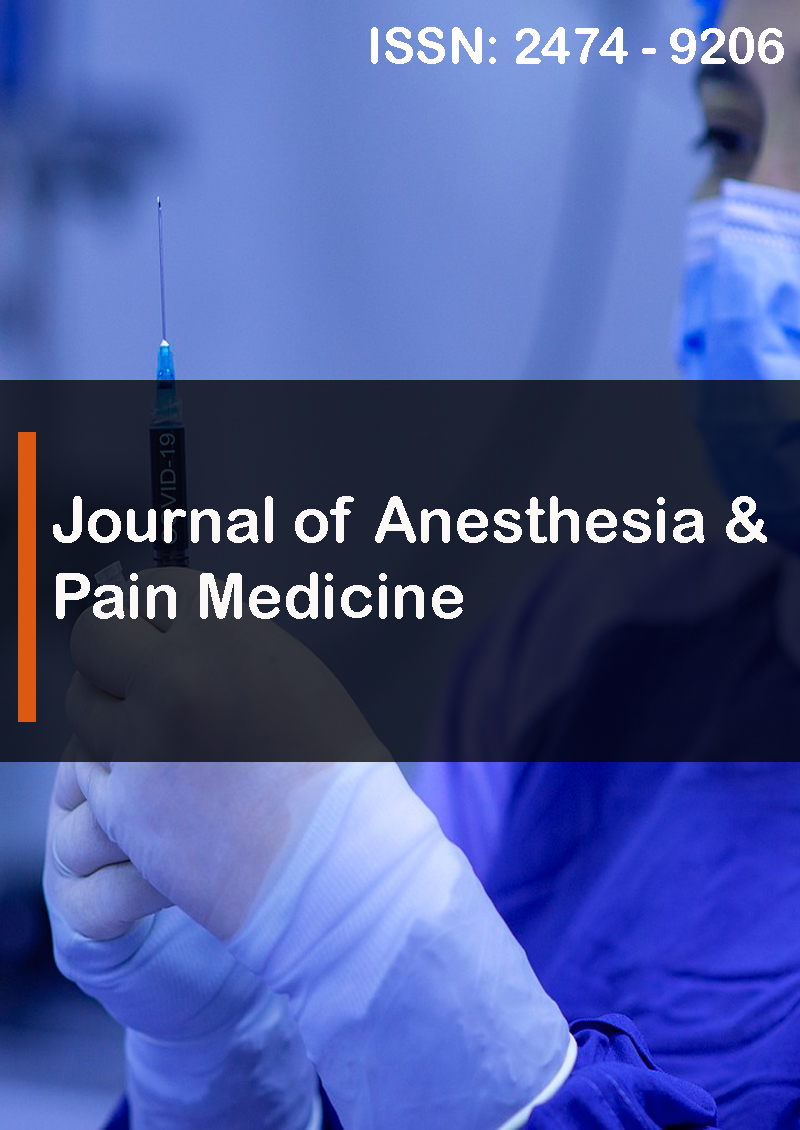Evaluating the Effect of Various Doses of Magnesium Sulfate on Quality of Cataract Intra Operative Sedation and Recovery
Abstract
Mojtaba Rahimi Varposhti, Darioush Moradi Farsani, Khosrou Naghibi, Kamran Montazeri and Mohammad Hosein Ghanbarpour
Background: The selection of sedative method for cataract surgery which is mostly done for adults is more favored. In this study, we compared various doses of magnesium sulfate for improving the quality of anesthesia and recovery during Cataract surgery.
Materials and Methods: In this clinical trial, 150 patients candidate for Cataract surgery were studied in five groups of 30 individuals that 0(group 0), 10(group 10), 20(group 20), 30(group 30) and 40(group 40) mg/kg intravenous Magnesium Sulfate were added to the first to fifth groups at the onset of anesthesia in the common anesthetic method, respectively. The consumption doses of sedatives and narcotics (Midazolam, Fentanyl and Propofol), hemodynamic and respiratory variables during the surgery, and the incidence rate of pain, shivering, nausea and vomiting and the level of surgeon and patients’ satisfaction were studied in all groups.
Results: 1) Demographic, hemodynamic and respiratory variables had no significant difference between the five groups. In the group 30 and 40, the consumption does of Midazolam, Propofol and Fentanyl was considerably less than that in other groups (P <0.001). 2) The highest and lowest levels of satisfaction in patients and physicians were recorded in the group 30 and respectively (P<0.001). 3) None of the patients suffered from postoperative shivering. 4) The incidence of other complications including nausea, vomiting and pain at time of discharging from the operating room had no significant difference between the 5 groups.
Conclusions: Using Magnesium Sulfate, especially with the dose of 30 and 40mg/kg caused a significant reduction in need for sedative and narcotic drugs and increased satisfaction in patients and surgeons as well as minimal hemodynamic and respiratory effects during and after cataract surgery



